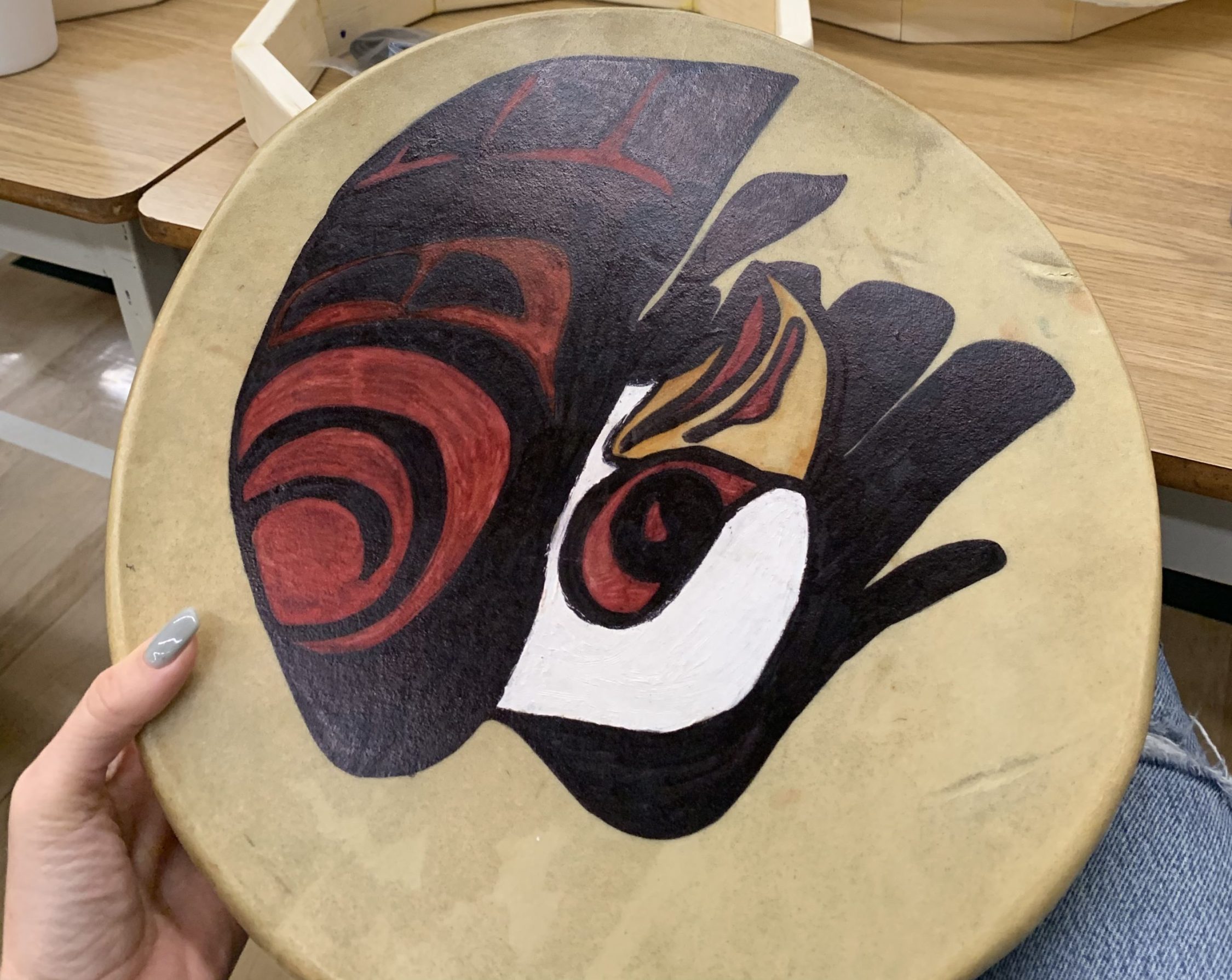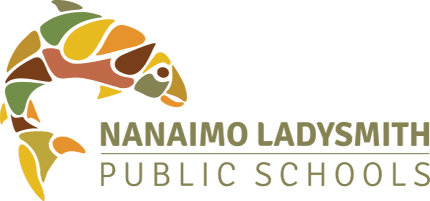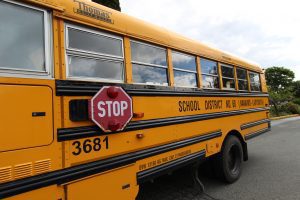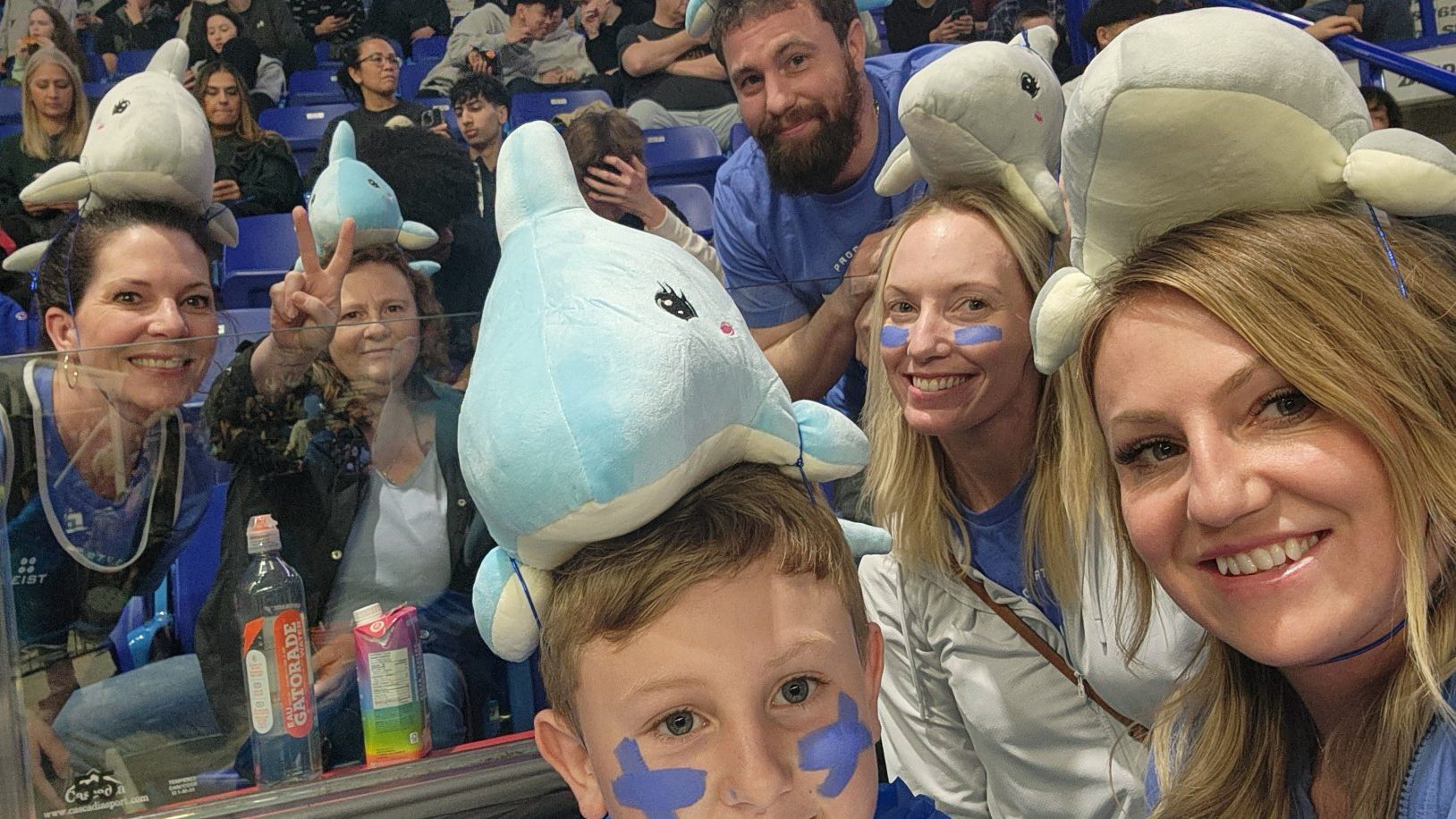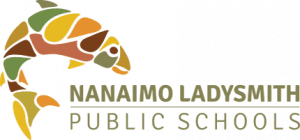The support from Indigenous Learning is intended to enhance the experience of our Indigenous students. This support is intended to be in class, in school support that can benefit not only our Indigenous students, but all students.
Elementary School Indigenous Staff
There is one or more Indigenous Education staff member in every school providing:
- Academic support – in class and individualized support as needed
- Cultural support – provides targeted cultural learning opportunities to the school community
- Social emotional support – provides strategies and referrals or refers as necessary
- Provide advocacy for Indigenous students and their needs
- Connect with families, communities and schools to strengthen the home-school team
Secondary School Indigenous Staff
There are Indigenous Education teams at every secondary school that include: one Indigenous Support Teacher and one or more Indigenous Cultural Student Support Workers providing the same academic, cultural, social emotional, advocacy and connections as the elementary staff. In addition, they also provide:
- Communicate information to students, parents, and Indigenous communities regarding graduation requirements and course selection
- Assist students with transitioning to post-secondary, career and other opportunities beyond graduation
- Support in the delivery of courses with significant Indigenous content (some examples are BC First Peoples 12; Contemporary Indigenous Studies 12; Literacy Studies 10, New Media 10, Spoken Language 10, Writing 10, Literacy Studies + New Media 11, Literacy Studies + Spoken Language 11, Literacy Studies + Writing 11 as well as a variety and English First Peoples)
Indigenous Education – BC Resources
- Ministry of Education Indigenous Education Resources
- First Nations Education Steering Committee (FNESC)
- Indigenous Worldviews and Perspectives in the Classroom
Collective Ownership
- Acknowledging Traditional Territory Explanation
- Acknowledging Traditional Territory Protocol
- Traditional Territory – Schools
What is Collective Ownership?
An overarching goal of the Department of Indigenous Education is to take steps to shift the organizational culture at NLPS to one of Collective Ownership of Indigenous Education. Collective ownership can be defined simply as every person in the system embracing and taking responsibility for the success of our Indigenous students. This is a simple statement, but a very complex task.
A Collective Ownership of Indigenous Education will bring us closer to the success and equity so deserving of Indigenous people. We need Indigenous Education to transcend the boundaries of departments, of job descriptions, of formal roles and responsibilities. We need to question our beliefs, attitudes, assumptions, comfort levels around all things Indigenous. Therefore shifting our thinking away from “Indigenous Education for Indigenous students” to “what’s good for Indigneous students is good for all students”.
Collective Ownership is:
- Humility
- Approaching Indigenous Education with an inquiry mindset
- Creating belonging
- Being a role model/ leader for Indigenous Education
- Believing the growth and healthy development of our Indigenous communities is the responsibility of everyone.
District Indigenous Staff
District Principal, Indigenous Learning
Emily Magyar
emily.magyar@sd68.bc.ca
250 741-5318
District Assistant Indigenous Learning
Patti McCarthy
pmccarthy@sd68.bc.ca
250 741-5318
Indigenous Learning Coordinator
Michelle Sokoloski
michelle.sokoloski@sd68.bc.ca
250 802-0897
Nicole Wedholm
nicole.wedholm@sd68.bc.ca
250 713-1931
Indigenous Learning Team (Staff by School)
Indigenous Education Resources
Indigenous Education Goals
The District Indigenous Learning Team identified four key goals for the 2014-2015 years as follows:
- Collective Ownership of Indigenous Education
- Indigenous Understanding “Every student in NLPS will have a solid understanding of Indigenous Understandings”
- Reflective Practice
- Organizational Culture
Indigenous Education Values
Success for All – What’s good for Indigenous students is good for ALL students. We believe in the following values:
- A sense of belonging is the foundation of students’ success
- Indigenous identity as a source of strength within NLPS
- Gathering strength from our past will guide our future
- An approach to learning that is reflective of an Indigenous world view
- Having dignity, purpose and options as measures of ‘success’ for self and students
